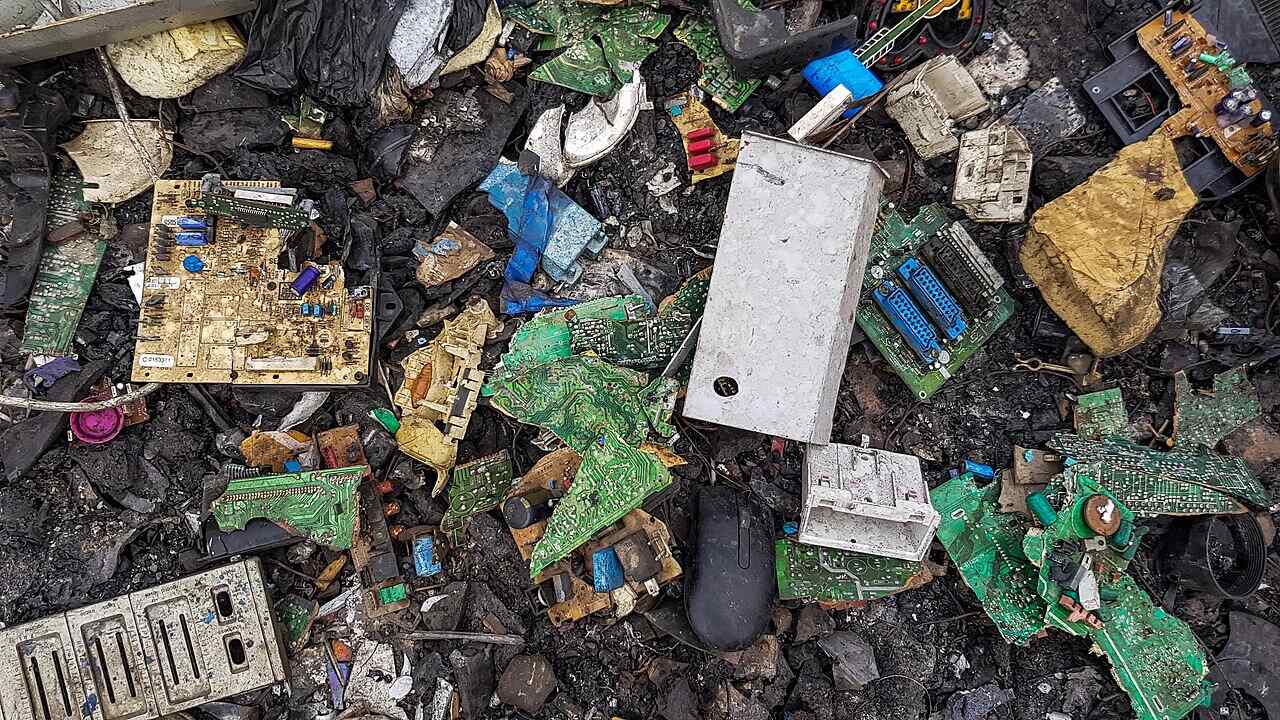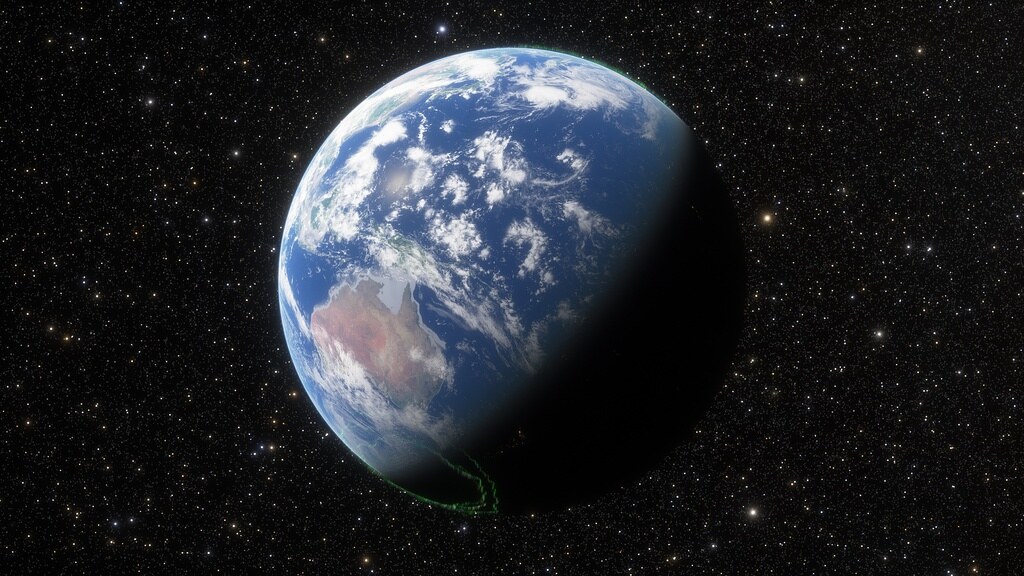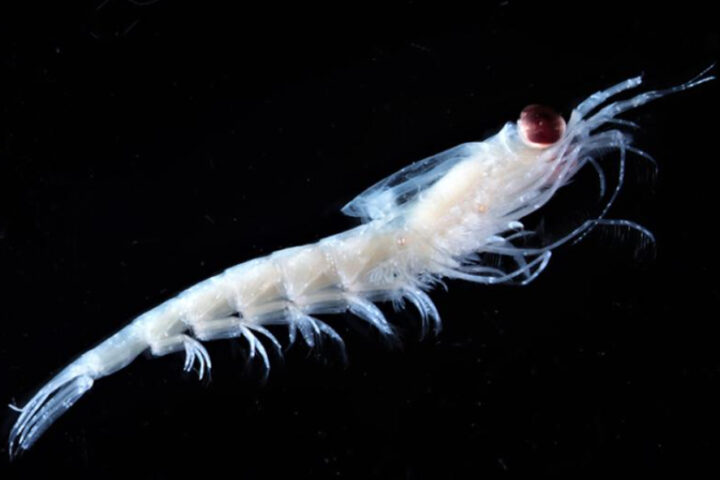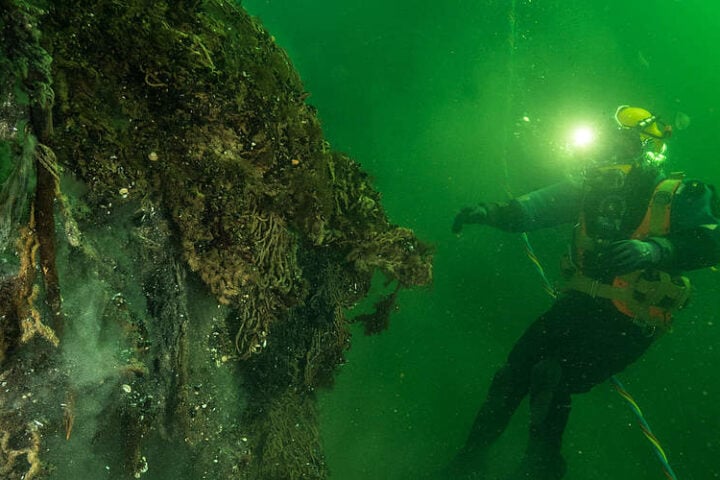The rapid expansion of generative artificial intelligence is creating an environmental crisis that extends beyond energy consumption to electronic waste. By 2030, AI applications could add between 1.2 million and 5 million metric tons of hazardous electronic waste to our planet, according to research published in Nature Computational Science.
“We found that the e-waste generated by generative AI, particularly large language models, could increase dramatically — potentially reaching up to 2.5 million tons per year by 2030 if no waste reduction measures are implemented,” states Asaf Tzachor, sustainable development expert at Reichman University and study co-author.
The Scale of the Problem
The numbers paint a concerning picture. Currently, the world generates over 62 million metric tons of e-waste annually, with 78% ending up in landfills or unofficial recycling sites. Only 12.5% of e-waste gets properly recycled. AI hardware, including graphics processing units and specialized processors, has a typical lifespan of 2-5 years but often sees earlier replacement as newer versions emerge.
According to recent estimates, the global AI sector could consume as much electricity as the Netherlands by 2027. Even small AI operations have measurable impacts – generating two AI images can consume as much energy as charging a smartphone, while a single ChatGPT exchange requires about one water bottle’s worth for cooling.
Expert Perspectives
Kees Baldé, e-waste researcher at the United Nations Institute for Training and Research, notes a specific challenge: AI products tend to be trickier to recycle than standard electronics because they often contain sensitive customer data. However, he emphasizes that major tech companies have resources for proper disposal. Yes, it costs something, but the gains for society are much larger.
Saurabh Gupta, founder of Earth5R, points to the global nature of the crisis: “The nature of the e-waste crisis is global, which is why it’s important to focus on cross-border e-waste management.” E-waste makes up 70% of the total toxic waste produced around the world each year.
Similar Posts:
Current Regulatory Landscape
The regulatory framework remains inadequate. While 25 U.S. states have e-waste management policies, no federal law requires electronics recycling. In February, Senator Ed Markey introduced the Artificial Intelligence Environmental Impacts Act of 2024, which would require federal agencies to study AI’s environmental effects, including e-waste. However, the bill hasn’t passed the Senate and wouldn’t mandate AI developer compliance.
Solutions and Mitigation Strategies
Research indicates that implementing circular economy strategies could reduce e-waste generation by 16% to 86%. These approaches include:
- Extended hardware lifespan through maintenance and updates
- Repurposing older devices for less demanding tasks
- Component refurbishment and reuse, potentially cutting waste by 42%
- Hardware design optimization for recycling
- More efficient chip and algorithm development
Corporate Response
Some tech giants have made environmental commitments. Microsoft pledges to reach net zero waste by 2030, while Google aims for net zero emissions. These goals would require addressing AI-related e-waste, though specific implementation details remain unclear.
Looking Ahead
Tzachor warns that current estimates might be conservative: “Factors such as geopolitical restrictions on semiconductor imports and rapid server turnover may intensify the generation of e-waste associated with generative AI.” The research excluded other forms of AI, suggesting the total environmental impact could be larger.
As AI technology continues its rapid advancement, the urgent need for comprehensive e-waste management strategies becomes clear. Without proper intervention, the environmental consequences of AI’s expansion could create lasting damage to ecosystems and human health through toxic material exposure.


















